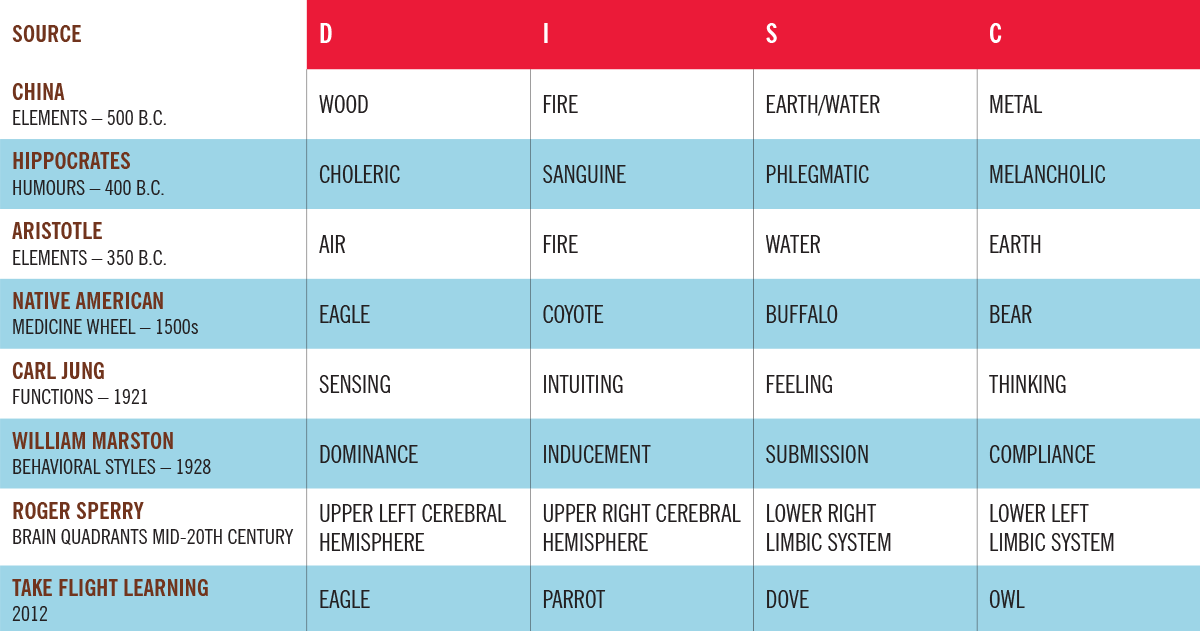Ever wonder why some meetings are productive while others quickly go off the rails? Despite conventional belief, neither the actual content nor the delivery of the meeting’s organizer is the reason why some fail to yield results. More often, meetings go awry based on how attendees receive the messages conveyed during the session — and how they receive, misconstrue, or fail to take away those key messages can be based on their personality types. Yes, the personalities present in the room can bring more to bear on whether a meeting is successful or a waste of time than anything the host might say or present on the screen. Let’s look at the reasons why.
Personality styles have been studied for thousands of years, dating back to 500 BC when the Chinese related a person’s temperament to elements such as wood, fire, earth, and metal. Hippocrates, Aristotle, and the Native Americans all developed similar coding systems, and by the 20th century, prominent psychologists like Carl Jung, William Marston, and Roger Sperry had each created models that classified individuals by both a dominant and secondary trait. William Marston’s DISC Assessment has been taken by over seven million people and continues to validate personality theories.
However, it’s Merrick Rosenberg’s 2012 adaptation of Marston’s DISC assessment entitled the Take Flight Learning model that is the easiest to apply when it comes to leading a productive meeting. In this model, Rosenberg uses various bird types to represent personality and work styles. Whether in a one-on-one with a direct report or a conference room full of C-suite executives, how well an organizer understands and translates Rosenberg’s four bird types to the situation can directly impact the success or outcome of the meeting.
But to do that, it’s essential to first understand the basics of Merrick’s Take Flight Learning model. By linking the DISC styles to four birds, Rosenberg breathes new life into the tried-and-true DISC model. First introduced by Merrick in his book, Taking Flight!,1 the birds add colorful energy and help create a memorable mapping for meeting leaders. By linking Eagles to the Dominant (D) style, Parrots to the Interactive (I) style, Doves to the Supportive (S) style, and Owls to the Conscientious (C) style, it’s easier for meeting organizers to remember — and tailor their message to — each personality. Here’s a brief rundown of the four Birds.
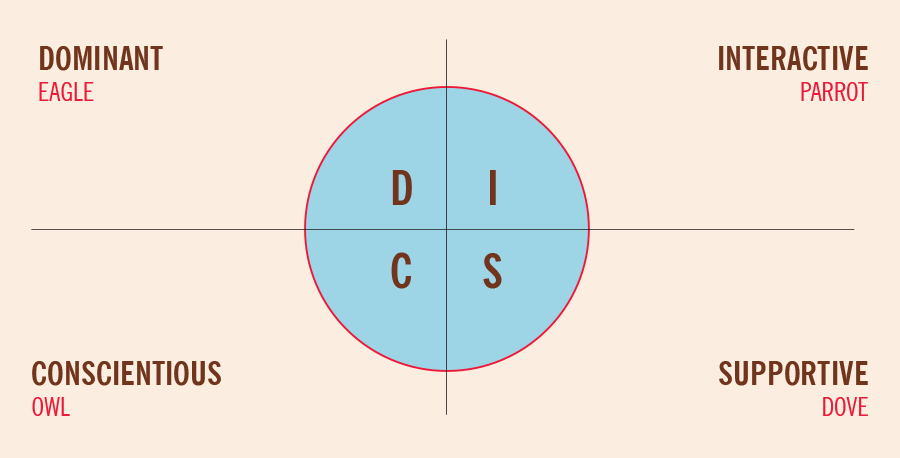
Eagle
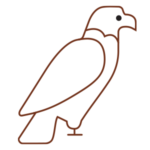 When you think of an Eagle, what characteristics come to mind? Most often, words like “dominant,” “bold,” “direct,” or “fast” are used to describe the eagle. From a personality standpoint, Eagles are usually results-oriented, authoritative, independent, driven, and direct. They are high-risk-takers, big-picture thinkers, and they can be competitive. Like real-life eagles, people with the Eagle style fly high and see the world from 10,000 feet. Such heights allow them to explore a vision for the future that breaks the status quo. The sky is the limit for the Eagle’s ambition, and when they have a goal in mind, they dive in at full speed to hunt their prey.
When you think of an Eagle, what characteristics come to mind? Most often, words like “dominant,” “bold,” “direct,” or “fast” are used to describe the eagle. From a personality standpoint, Eagles are usually results-oriented, authoritative, independent, driven, and direct. They are high-risk-takers, big-picture thinkers, and they can be competitive. Like real-life eagles, people with the Eagle style fly high and see the world from 10,000 feet. Such heights allow them to explore a vision for the future that breaks the status quo. The sky is the limit for the Eagle’s ambition, and when they have a goal in mind, they dive in at full speed to hunt their prey.
If you encounter an Eagle in a meeting, what kind of communication delivery would you think makes sense? If you said “using succinct bullets,” then you nailed it. Eagles want to get to the bottom line and fast. They aren’t interested in a lot of analysis or details but want to understand what their role is and how they can help lead and/or take charge. When conducting meetings with Eagles, be direct and get to the point. Stick to numbers and business impact, focus on results, and avoid coming across as uncertain or conceptual.
Parrot
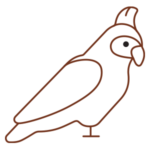 The Parrot personal-ity is “interactive,” “people-oriented,” “fun,” “upbeat,” and “intuitive.” In addition, they are innovative, motivational, and optimistic. Parrots in general are social and love human interaction. Parrots see the best in everyone and can find fun in nearly any situation. Their high energy and creativity are contagious, so if you’re not paying attention, you may just get swept up in their thoughts. They boost morale in the meeting and can turn an all-work-no-fun affair into one where people are engaged. If there are Parrots in the room, deliver with high energy or allow them to bring positive energy. Be positive and explain how “fun” the content and/or outcomes of any changes will be.
The Parrot personal-ity is “interactive,” “people-oriented,” “fun,” “upbeat,” and “intuitive.” In addition, they are innovative, motivational, and optimistic. Parrots in general are social and love human interaction. Parrots see the best in everyone and can find fun in nearly any situation. Their high energy and creativity are contagious, so if you’re not paying attention, you may just get swept up in their thoughts. They boost morale in the meeting and can turn an all-work-no-fun affair into one where people are engaged. If there are Parrots in the room, deliver with high energy or allow them to bring positive energy. Be positive and explain how “fun” the content and/or outcomes of any changes will be.
Parrots seldom take things personally and are inclined to speak up during the meeting if they don’t agree with something. They can also be persuasive and help drive positive energy in meetings if they are on board with a new idea. Consider them a strong ally for change. When meeting with a Parrot, work to build positive rapport before diving into business.
Dove
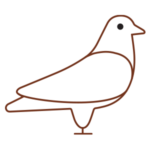 Doves are defined by words like “warmth,” “peace,” “compassion,” “safety,” and “helpful.” The Dove personality type exhibits traits that come across as supportive, relationship-oriented, empathetic, and harmonious. They are often patient and considerate and put other people’s needs in front of their own. They are approachable, especially one-on-one, possess strong listening skills, and can be soft-spoken. They enjoy close relationships in tight circles and are usually there for you when you need them, whether it’s as a good listener or by lending a helping hand when times get tough.
Doves are defined by words like “warmth,” “peace,” “compassion,” “safety,” and “helpful.” The Dove personality type exhibits traits that come across as supportive, relationship-oriented, empathetic, and harmonious. They are often patient and considerate and put other people’s needs in front of their own. They are approachable, especially one-on-one, possess strong listening skills, and can be soft-spoken. They enjoy close relationships in tight circles and are usually there for you when you need them, whether it’s as a good listener or by lending a helping hand when times get tough.
When conducting a meeting with Doves, calmly present the information and exhibit sincere personal interest. Doves like harmony and often go with the majority, even if they have a differing point of view. Based on that, do not assume a smiling and quiet Dove agrees with what is being presented. Take time after the meeting to solicit feedback and offer Doves a safe space to share their point of view, as they may not have had a chance to speak up in the meeting.
Owl
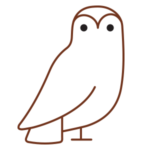 “Inquisitive,” “logical,” and “analytical” are how Owls are described. The Owl personality is detailed-oriented, organized, factual, and objective. They are conscientious and tend to be quiet during the initial portion of meetings as they listen, absorb, and analyze the information being shared. When it’s their turn to talk, they will often lead with a series of questions — although not all will begin with “Who?” Most will begin with “Why.” Meeting facilitators with Owl attendees can sometimes feel like their content is being questioned or challenged when in fact Owls are simply seeking clarification.
“Inquisitive,” “logical,” and “analytical” are how Owls are described. The Owl personality is detailed-oriented, organized, factual, and objective. They are conscientious and tend to be quiet during the initial portion of meetings as they listen, absorb, and analyze the information being shared. When it’s their turn to talk, they will often lead with a series of questions — although not all will begin with “Who?” Most will begin with “Why.” Meeting facilitators with Owl attendees can sometimes feel like their content is being questioned or challenged when in fact Owls are simply seeking clarification.
Naturally deep thinkers, Owls are great at complexities in meetings where organization is key to success. As leaders, they make sure processes and systems are clearly defined. If you have ever been impressed by how smoothly something worked, you’ve likely been in the presence of an Owl. When conducting meetings with the Owl personality, facilitators should provide specific facts based on logic. Be organized and prepared for questions. Also, know that Owls often take time to make decisions and may want to “circle back” or “regroup.” It’s helpful to give them time to absorb the material and come to a conclusion on their own.
Owl
When it’s an owl’s turn to talk, they will often lead with a series of questions — although not all will begin with “Who?” Most will begin with “Why?”
Now that you understand the four bird types, how should you prepare for your next meeting? Here are three easy steps to ensure that your meeting goals are achieved as planned.
1. Identify your bird type
Traditionally, meeting leads have designed an agenda based on their personality or delivery style, rather than on that of the attendee(s). And while that approach may no longer achieve the best results, it’s still important to understand your primary and secondary personality type and how it relates to those in attendance. Doing this will better position you to potentially take on characteristics of the other birds based on your audience’s needs. Note that some people may not have a strong secondary style and others may have a third strongest or tertiary style.
So, what is your natural primary and secondary bird style? You may be able to guess based on a simple self-assessment of your personality traits, but the easiest way is to take an online version of Merrick’s Take Flight bird-related DISC Assessment.2
2. Use past experiences and correspondence to research your attendees’ bird types
Now that you understand your personality type, try to uncover as much as you can on your attendees in advance of the meeting. As you’re unlikely to see their results from an official Take Flight Learning assessment, the easiest way to do this is to reflect and analyze any previous interactions you may have had with them. Start by looking at email correspondence. A lot can be gathered from a simple email.
For example, an Eagle’s email will be short, to the point, and often composed in bulleted form with little to no emotion. The Parrot email, meanwhile, will likely start and end with positive energy. A lot of people may also be copied on it. A message from a Dove might be warm and focused on people and feelings, while the Owl email should be easy to spot — it’s likely to be lengthy, written in paragraph form, and include a lot of facts, figures, and logic explaining a point of view.
In addition to looking at emails, think about previous interactions you may have had with the attendee(s) across a variety of spectrums:
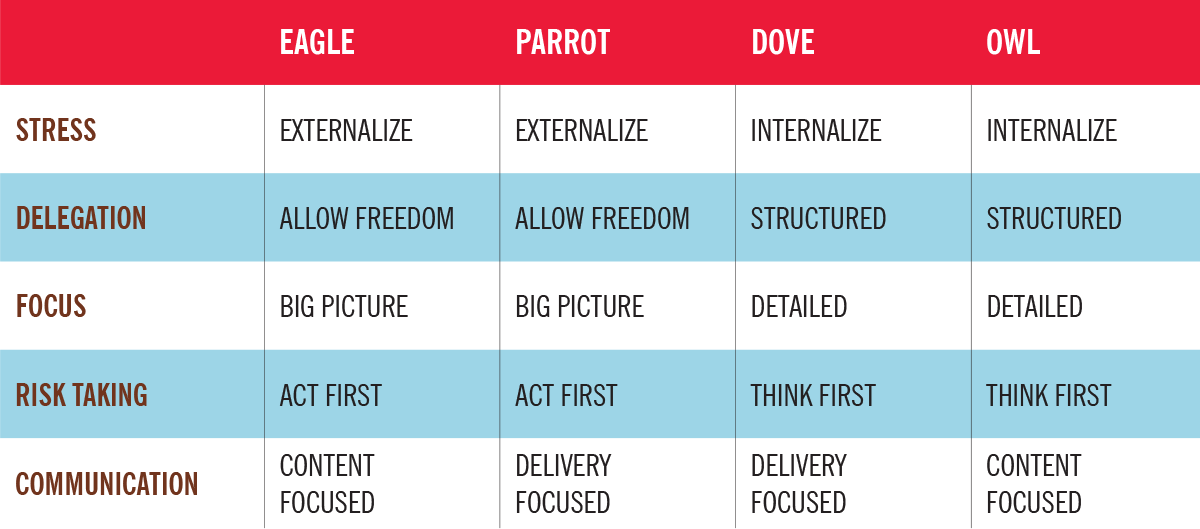
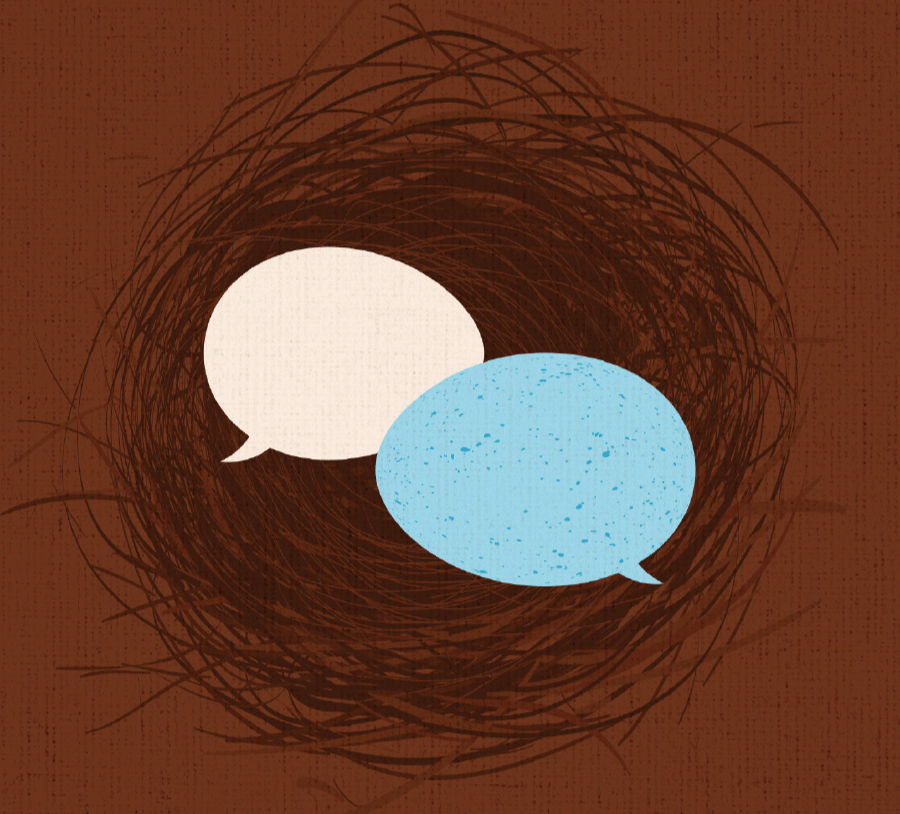
3. When preparing for either a 1:1 or a large group meeting, plan for all four species
For 1:1 meetings, think through the primary and secondary bird styles that your meeting guest may possess. Think about how they will come across related to delegation, focus, risk-taking, communication, and how they will react when stressed. Prepare your agenda accordingly and deliver in the style that they resonate with.
When it comes to larger groups, rarely will you ever walk into a conference room filled entirely with Parrots, or Doves, or Eagles. If you find yourself unable to predict your audience in advance — or know ahead of time it will be a full flock of different avians — present the content to meet the needs of all four styles. Start by addressing the needs of the Eagle: develop and present an executive summary. Share the key details and contents in bullet form and get to the bottom line fast.
From there, dial up your enthusiasm meter and explain to the Parrots just how positive and interesting the content you are explaining is, or how much fun the policy change will be. Assign them tasks to help drive enthusiasm. Leverage their persuasiveness for more follow-on meetings to utilize their change agent behaviors to influence change in others.
Next, focus on both the Dove and the Owl by answering the “whys.” Present the need for change and explain the pain points likely to be encountered with the status quo. For Dove’s specifically, focus on how you plan to listen and make any changes or decisions with compassion and a focus on people first. Share that you plan to be empathetic and patient through this process, as you know change is tough.
Finally, for the Owls in the meeting, share the detailed analysis, project plans, and timelines. This is the time to unveil any detailed financials or rich content that can be placed in the appendix of your presentation, and to which you can quickly move if/when the Owl starts asking follow-up questions.
By keeping all four bird personalities in mind and customizing your approach as you prepare and present, you should not only drive better meeting results but also help improve relationships across your organization. Happy prepping for your next meeting in “bird style.”
For further insights, feel free to complete your Take Flight profile, and have your team do the same. Sections of the profile provide insight into how to build rapport with each of the styles, how to communicate with each style, and what you may need to accept about each style. You may also discover how the styles can be overused, which results in turning strengths into behavioral challenges that decrease the effectiveness and can damage relationships during meetings. Profiles close out with an action plan for personal development.

